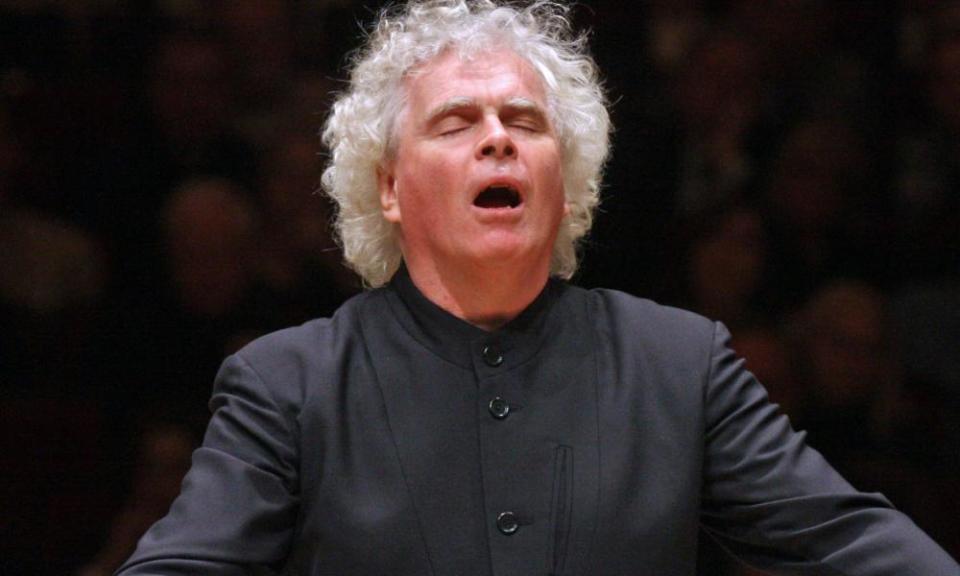Elgar: Violin Concerto; Violin Sonata review – sheer beauty and subtle playing

The Violin Concerto is not only one of Elgar’s greatest achievements, but also one of the finest of all 20th-century violin concertos. But the orchestral opening of Renaud Capuçon’s account, as moulded by Simon Rattle, takes the concerto firmly back into the 19th century, and when the soloist eventually enters, the generous space he allows himself for his initial phrases suggests that he shares that view of the work, too.
The recording was made in LSO St Luke’s, London, last September, and it’s the third studio version of the concerto that Rattle has conducted; Ida Haendel and Nigel Kennedy were the earlier soloists, both with the City of Birmingham Symphony Orchestra. He certainly sees his role in the concerto as more interventionist than many conductors do, especially when compared with, say, Adrian Boult on Yehudi Menuhin’s celebrated second recording, or Vernon Handley on Kennedy’s earlier one, and that, it seems to me, is not always to the advantage of this performance.
The carefully primped orchestral detail sometimes draws attention away from the subtlety of Capuçon’s playing. Despite its sheer beauty, its phrasing and shading immaculate, there’s something too detached about the results for what is perhaps the most personal and private of Elgar’s orchestral works, so that the performance is never quite as involving as the best Elgar interpretations should be.
The coupling is the Violin Sonata, composed eight years after the concerto and perhaps the most elusive of the three chamber works that Elgar wrote during the last years of the first world war. Capuçon’s partnership with Stephen Hough is very much a true meeting of equals, with both contributing ideas to the interpretation; it’s a wonderfully flexible performance, with just the right sense of veiled nostalgia about it.
This week’s other pick
Gidon Kremer is by no means the first violinist to record the concerto by Mieczysław Weinberg; there are at least four earlier versions, including one by the great Soviet player Leonid Kogan, for whom it was composed, in 1959. But the new performance for Accentus, taken from last year’s Weinberg centenary celebrations, with the Leipzig Gewandhaus Orchestra conducted by Daniele Gatti, is another significant part of Kremer’s mission in recent years to gain Weinberg’s music the recognition he believes it deserves.
His careful approach, broader and warmer than most, certainly suggests that he’s out to win friends for the concerto, and there are moments when more urgency and bite would have paid dividends. The concerto is paired with Weinberg’s sonata for two violins from the same year, in which Kremer is joined by Madara Pētersone; they favour classical elegance over intensity, though that perhaps matters less in this modest work than it does in the concerto.

 Yahoo Finance
Yahoo Finance 